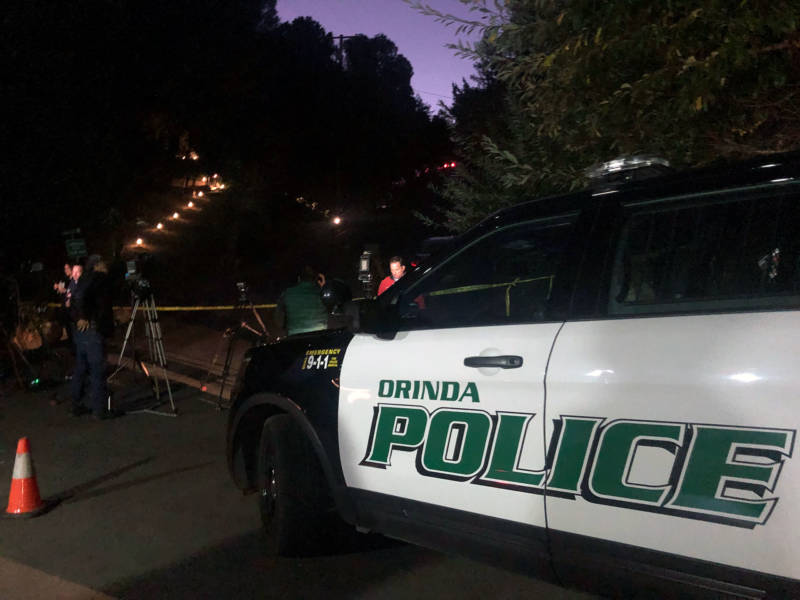ECG: I guess, what role do you think that detail has played in how the media has covered this story?
AC:When you think mass shootings, there’s a certain expectation in coverage that comes with it — that the focus is going to be on maybe three things: Who was killed? Who was injured? Getting those stories. What type of gun, where did it come from? And then suspects. I mean, the fact that it is like a quote unquote, quiet town, sure deserves a line. But the fact that it happened in Orinda is starting to kind of overshadow, or be more maybe newsworthy, than the fact that like five young people are, you know, dead, and their families are grieving. The fact that it doesn’t really sound like [the police] have a lot of information, in my mind, is more newsworthy.
ECG: I’m thinking a little bit about how mass shootings are some of the most intense stories to watch unfold in the news, one of the most intense things to cover. And I remember conversations in our newsroom about when something should be considered a mass shooting. What is the threshold? And by many accounts, this is a mass shooting. This wasn’t covered that way. Why do you think that is?
AC: Well, I think there are a few things going on. I mean, the most glaringly obvious is race and class. It’s important to note that when it comes to mass shootings, I think the last time that there was a mass shooting that was covered just hugely and was all over the place and all the victims were black, was the shooting, I believe, in Charleston, with the man who ran up in that church.
I’ve talked to several people, and a lot of them think that in news media, we’re falling into this trap of having a hierarchy of location when it comes to mass shootings. I kind of think of it as an implicit prioritization of where a shooting happens and how that location makes it more, or maybe less, newsworthy. There are shootings where multiple people are shot inside homes, you know. It could be like a domestic violence situation and four people are dead. That ain’t covered like a mass shooting.
There are situations in cities across the nation. I mean, most notably, what I’ve been hearing most about, it’s cities on the East Coast [and Midwest] like Philadelphia, St. Louis, where in one night five people die, you know, randomly — people just getting shot on the street. That ain’t covered like a mass shooting.
So I think that this specific example in Orinda is just a real case study in when race and class, plus this hierarchy of location mix, this is kind of what you get: You get most headlines being about Airbnb policy, rather than mobilizing to reach out to families and tell stories about the people who are affected, the people who survived. It is troubling. And I think that the implicit bias … is at play here.
